
There are plenty of annual cultural and religious festivals in Iran that offer a window into the everyday lives of the people. And participating in any one of them is sure to give you a different perspective of the country. Soak up some culture with these eight festivals worth traveling to Iran for.
Nowruz
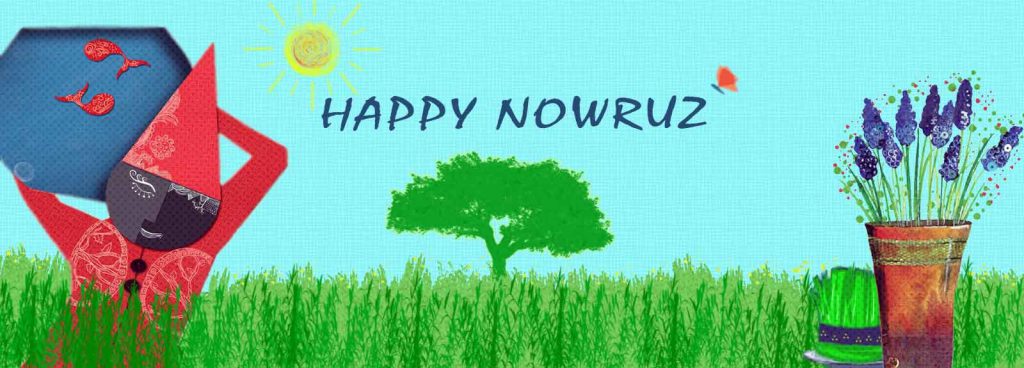
Nowruz is the Persian New Year celebrated on the vernal equinox. It’s a time when the streets buzz with excitement as people are out and about doing their holiday shopping, selecting ceramic dishes for the Haft Seen display and choosing the perfect goldfish. Haji Firouz, the jovial character who sings and plays his tambourine in the streets, announces the arrival of the new year and spreads cheer. During the first week when Tehrani's flock to the north, take advantage of the capital city’s clear air and empty streets—it’s a rare luxury.
Chaharshanbe Suri
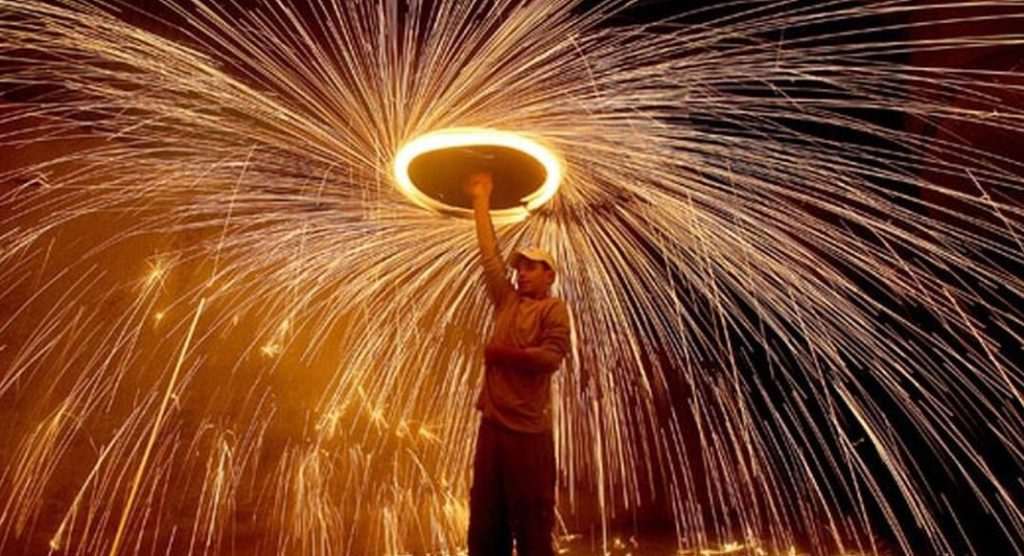
On the eve of the last Wednesday before Nowruz, Iranians across the country celebrate the Zoroastrian-rooted Chaharshanbe Suri, or Red Wednesday. On this beloved annual celebration, the night sky glows with fireworks, and bonfires set the streets ablaze as crowds jump over them singing “your red color for me, my yellow color for you.” These verses imply that you give the fire your yellow pallor and take its warm energy. After participating in this one, you just might decide to adopt it.
Sizdeh bedar
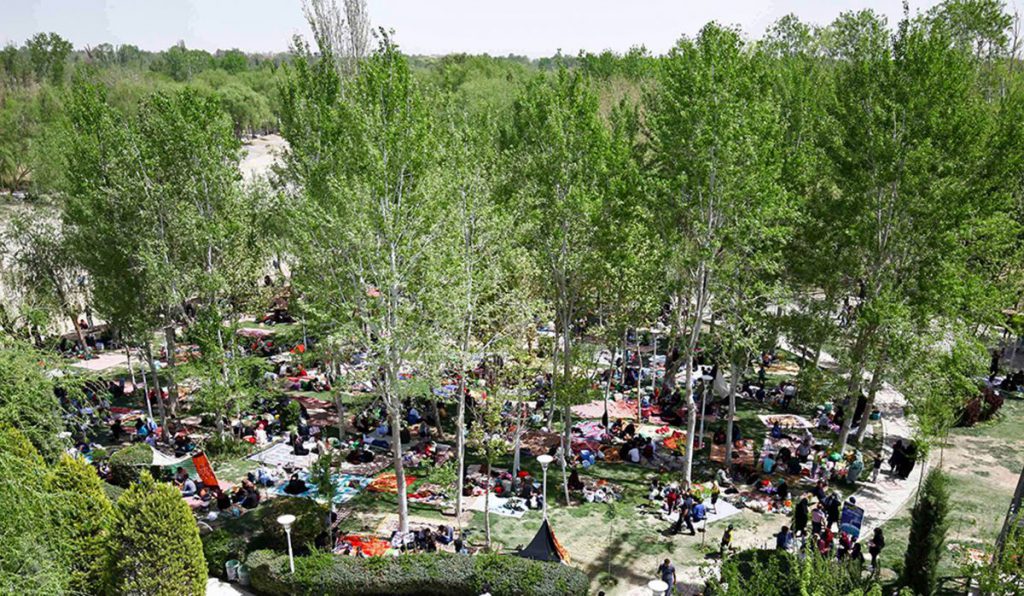
Iranians celebrate the 13th and final day of Nowruz with a bang on sizdeh bedar. Parks become flooded with families playing games, grilling kebabs, and, of course, drinking bottomless glasses of tea. In order to avoid bad luck, stay outdoors all day long and join the festivities! If you’re alone, strike up a conversation with a family—they’ll be more than happy to take you in and feed you.
Kashan Rosewater Festival
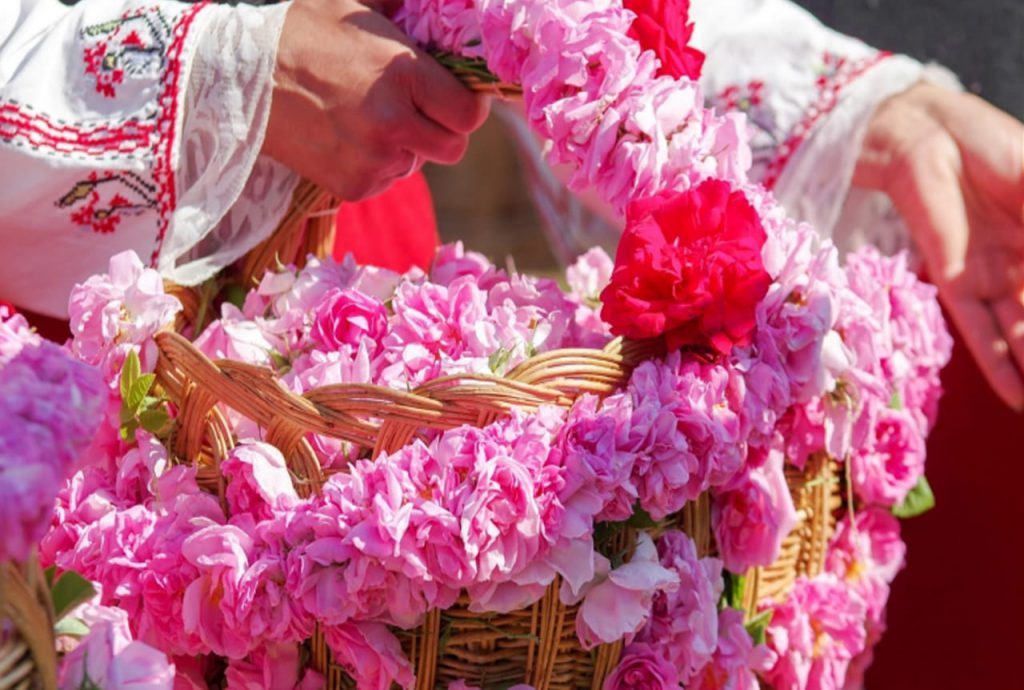
This festival is a delight to both the nose and the eyes. Kashan is best known for its historic houses, but it’s in this desert city that the fragrant pink Mohammadi rose blooms in abundance, spreading to the region of Ghamsar. Visit between May and June when you can peek in on distilleries extracting the water from these delicate flowers, and take a few bottles with you to use in the kitchen or to add a unique Persian touch to your skincare regimen..
Tasua-Ashura
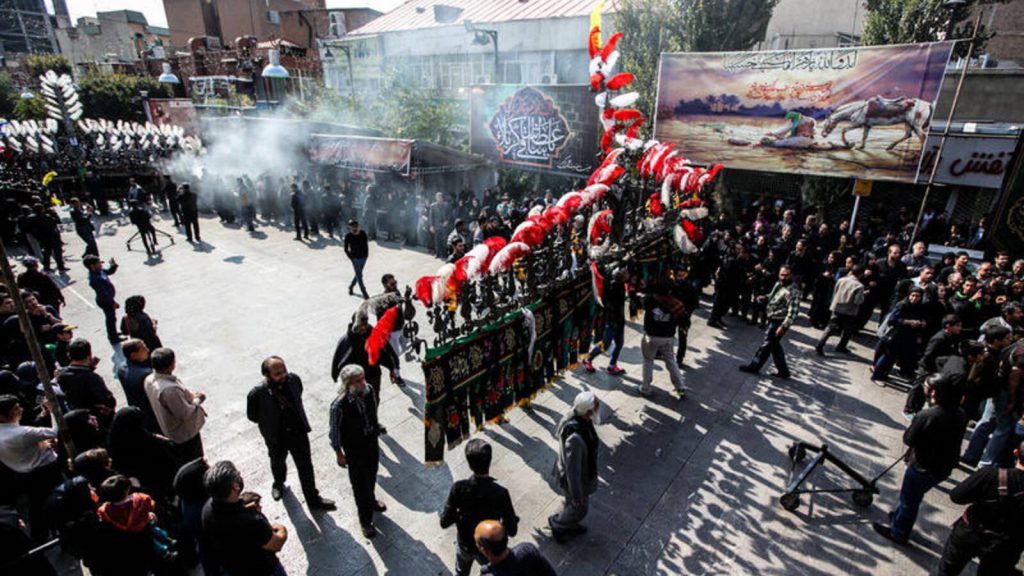
Ashura is the 10th day of Muharram, coinciding with the martyrdom of Imam Hussein. The somber performance art known as ta’zieh (inscribed as a UNESCO Intangible Cultural Heritage) reenacts this martyrdom in the Battle of Karbala and is ubiquitous across cities. In the city of Khorramabad, locals engage in the symbolic ritual of kharrah mali, or mud rubbing. Another exceptional opportunity to learn about Shia Islam in Iran, Ashura, much like Tasua, requires an open mind and visitors’ utmost respect.
Tasua, the ninth day of the Islamic month of Muharram, marks the eve of the anniversary of the 7th-century martyrdom of Imam Hussein, the third Shia Imam. Processions march down the streets or gather in mosques across the country as the faithful beat their chest en masse in hypnotic harmony. Meanwhile, nazri, votive food offerings, are distributed among the people. Best witnessed in Zanjan or Yazd, this religious ceremony will provide extraordinary insight into Shia Islam in Iran.
Saffron Harvest
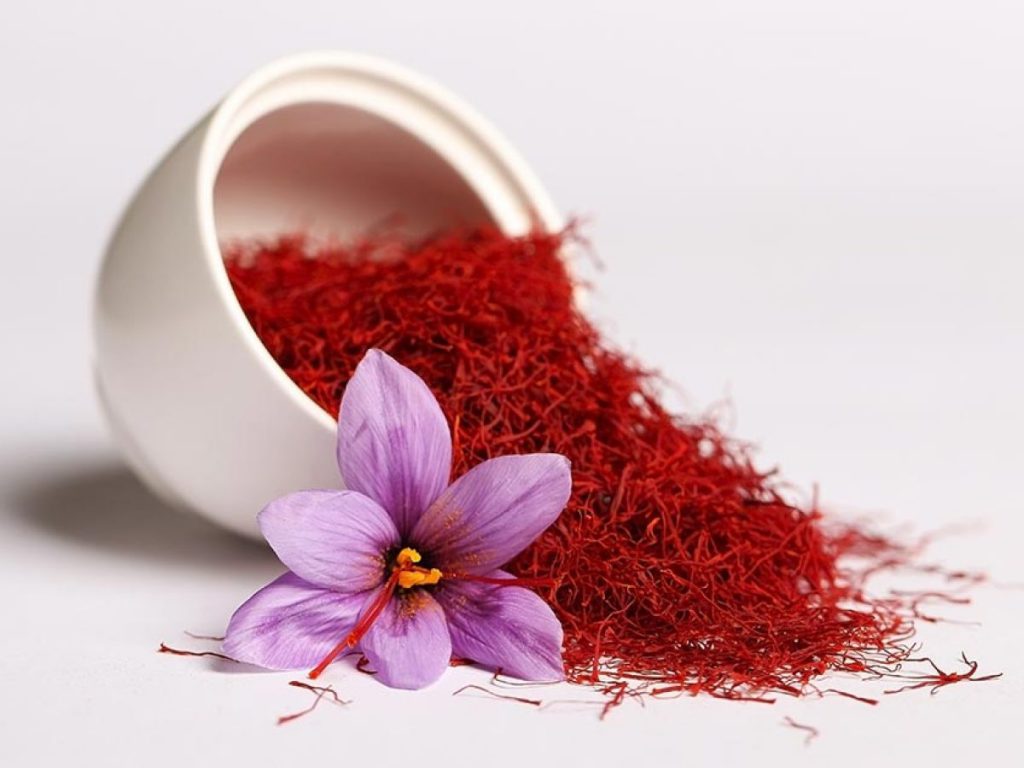
The world’s most expensive spice, saffron, is used generously in Persian cooking. So why not visit Iran in
the fall when you can partake in the picking of these elegant violet blossoms? The South Khorasan province is most widely known for its saffron fields, though the town of Natanz is also notable. After picking the flower (which will be replaced by a new one the next day!), then gently plucking the red stigmas and letting them dry, you’ll discover just how labor-intensive obtaining this spice is and lament discarding the subtle honey-scented petals.
Yalda night
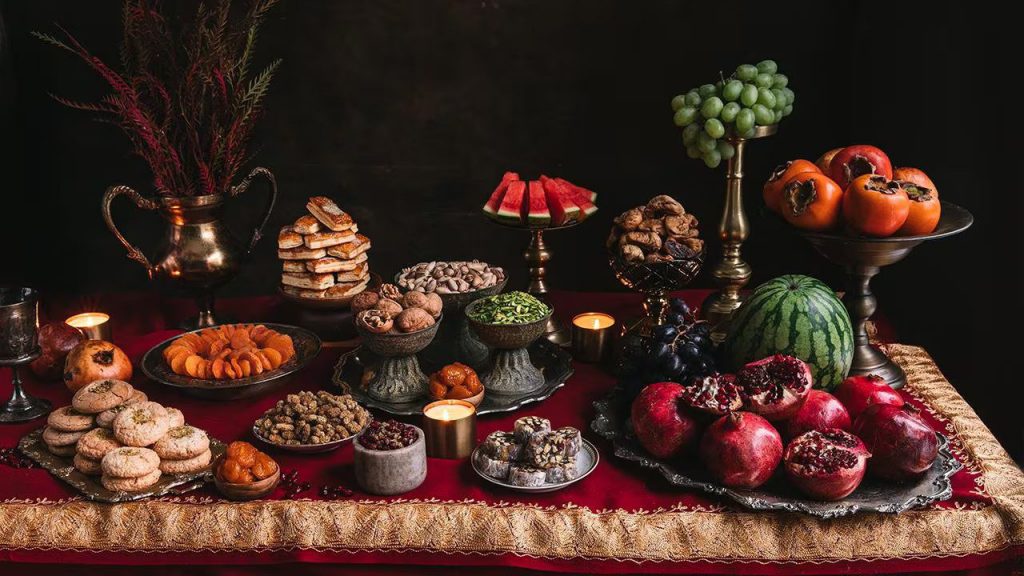
Yalda, the longest night of the year (or winter solstice), is celebrated as a triumph of light over darkness and of good over evil. You’ll get a hearty dose of Persian culture as you swap sweet slumber for reading about Persian heroes in the epic poem Shahnameh and getting divine guidance from lyric poet Hafez. All this as you munch on mixed nuts and red fruits such as pomegranates and watermelon, symbolic of the red of dawn and dominance of light henceforth.